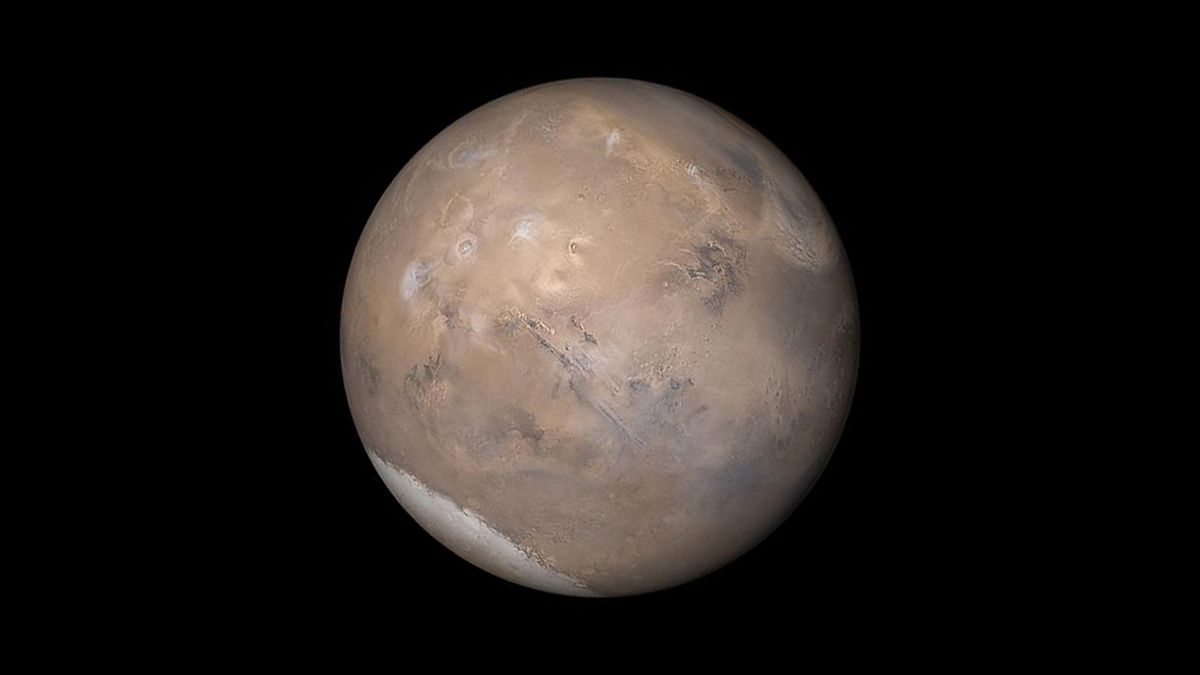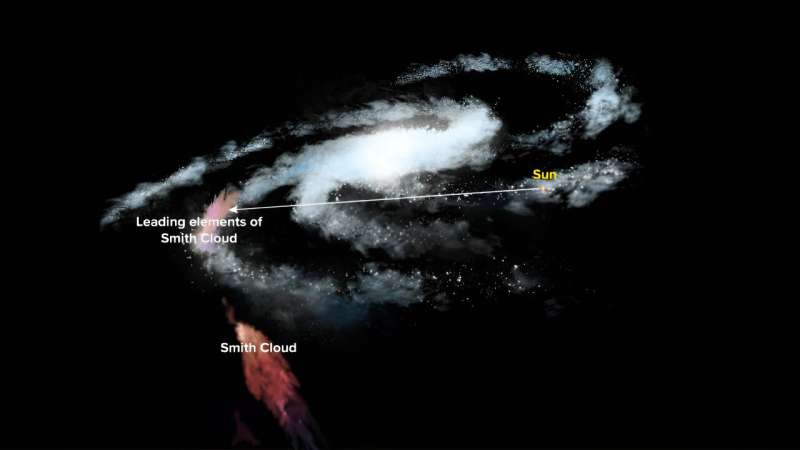SpaceX to launch 22 Starlink satellites on Falcon 9 flight from Cape Canaveral – Spaceflight Now


SpaceX is gearing up for a Falcon 9 launch after central and southern Florida has been hit by rounds of severe tropical storms and downpours that are expected to last several days. The mission marks the company’s 61st Falcon 9 flight in 2024, which will equal the total number of orbital launches it achieved in all of 2022.
Liftoff of the Starlink 10-2 mission is scheduled for 4:46 p.m. EDT (2046 UTC) on Thursday. The Falcon 9 rocket will carry 22 Starlink satellites into low Earth orbit on the 44th dedicated Starlink mission of the year.
Spaceflight Now will have live coverage starting about an hour before launch.
Heading into the possibility of a Thursday launch, the 45th Weather Squadron predicted a roughly 25 percent chance of favorable weather during the new launch window.
Meteorologists expressed concerns about cirrus clouds, cumulus clouds and the probability of surface electric field rule violations, all of which affect the possibility that the missile could generate lightning if launched under suboptimal conditions.
The forecast for the 24-hour backup window presents the same weather disturbances, minus the rule of surface electric fields. The window opening on Friday starts with just 40 percent favorable to start and improves to 80 percent favorable by the end of the window.
The mission was postponed from Wednesday for reasons that SpaceX did not disclose. Early Wednesday afternoon, SpaceX pushed back the planned 5:20 p.m. launch until the end of the evening launch window before canceling the mission in mid-afternoon. At the time it was clear that preparations were running behind schedule as the rocket had not raised its vertical launch configuration in time for a launch.
The Falcon 9 first stage booster supporting this mission, B1073 in the SpaceX fleet, will launch for the 16th time. It previously supported launches of Space’s HAKUTO-R lunar lander, the Bandwagon-1 rideshare mission and 10 previous Starlink missions.
Just over eight minutes after liftoff, B1073 will land on SpaceX’s drone ship, “Just read the instructions.” This will be the 84th landing on this drone ship and the 319th booster to date.
The mission comes at a busy time for SpaceX and NASA. This week, the two, along with the Federal Aviation Administration (FAA) and other federal agencies, are holding a series of in-person meetings to inform the public and get feedback on the proposal for SpaceX to launch Starship missions from the Launch Complex. 39A (LC -39A) at NASA’s Kennedy Space Center.
SpaceX also recently shipped the last two tower segments along with the stick wings for its second Starship tower to its Starbase facility in south Texas.

#SpaceX #launch #Starlink #satellites #Falcon #flight #Cape #Canaveral #Spaceflight
Image Source : spaceflightnow.com



